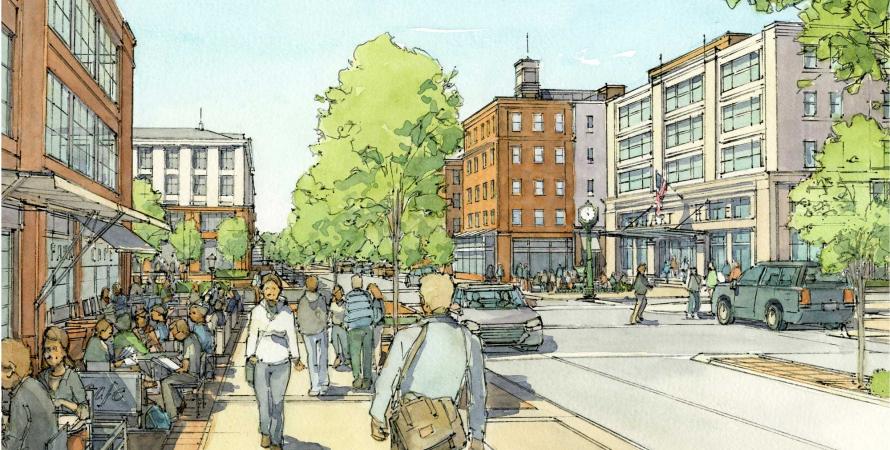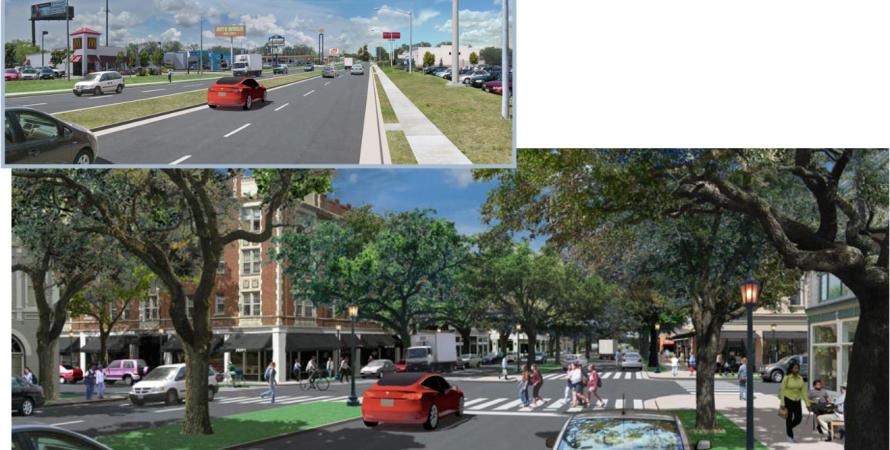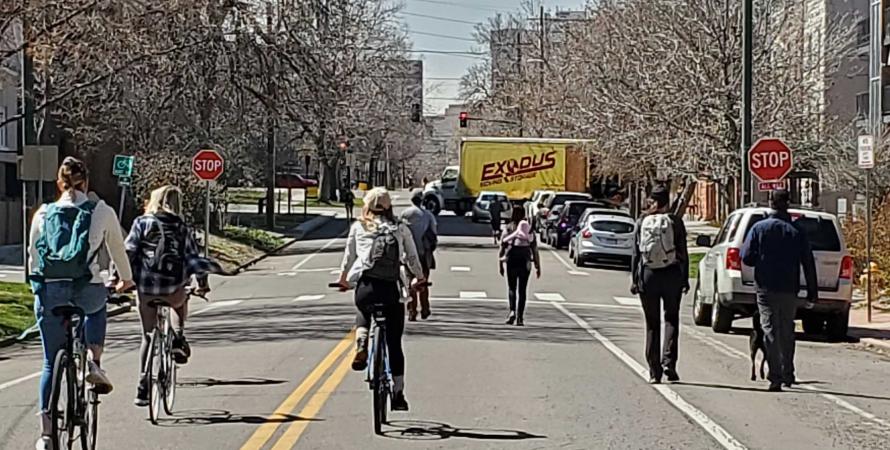-
After the lockdown, new opportunities for downtown shopping districts
Main Street areas stand to do well as a result of entrepreneurial activity and market forces in the aftermath of the coronavirus.Since the earliest human settlements, the retail experience has evolved to meet the needs of the public. This evolution has taken us from rural markets to towns, cities, suburban shopping malls, big box mega stores, and, more recently, the Internet. But what will retail shopping look like once...Read more -

Small industrial city diversifies with new urban district
The River District Implementation Plan is building a new walkable neighborhood across from downtown Elkhart, Indiana. Speck & Associates and Stantec’s Urban Places won a merit award in CNU's 2020 Charter Awards.An underutilized peninsula across the river from downtown is giving Elkhart, Indiana, an opportunity to diversify its economy. The city is a center of RV manufacturing—an important jobs base that is nevertheless vulnerable to shifting markets and demands. The city was set to begin revitalizing the...Read more -

After the pandemic, human nature will keep cities alive
Sprawl may surge for a time if we ignore the fundamental needs of human habitat.Commentators in the newspapers and social media are predicting Americans will return to auto-oriented suburbia after the frightening experience of the COVID-19 pandemic—that low density suburbs will increase in popularity by offering a sanitary separation from other people that denser, walkable...Read more -

Cities converting streets to public space in coronavirus crisis
Underutilzed streets with little traffic are being transformed with temporary pedestrian and bicycle thoroughfares, shared streets, bikeways, expanded sidewalks, and outdoor eating to give citizens more room in a time of social distancing.Thousands of miles of city streets worldwide, and more than 500 miles in the US, are being converted for pedestrian and bicycling activity during the coronavirus crisis, according to research by Street Plans Collaborative. The firm headed by Tony Garcia and Mike Lydon, leaders in Tactical Urbanism...Read more